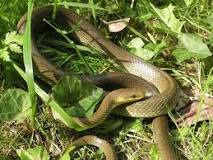
Aesculapian snakes are a new species to the UK, but are found in europe. Does that mean that it should be exterminated, It is having a problem in Europe, as...
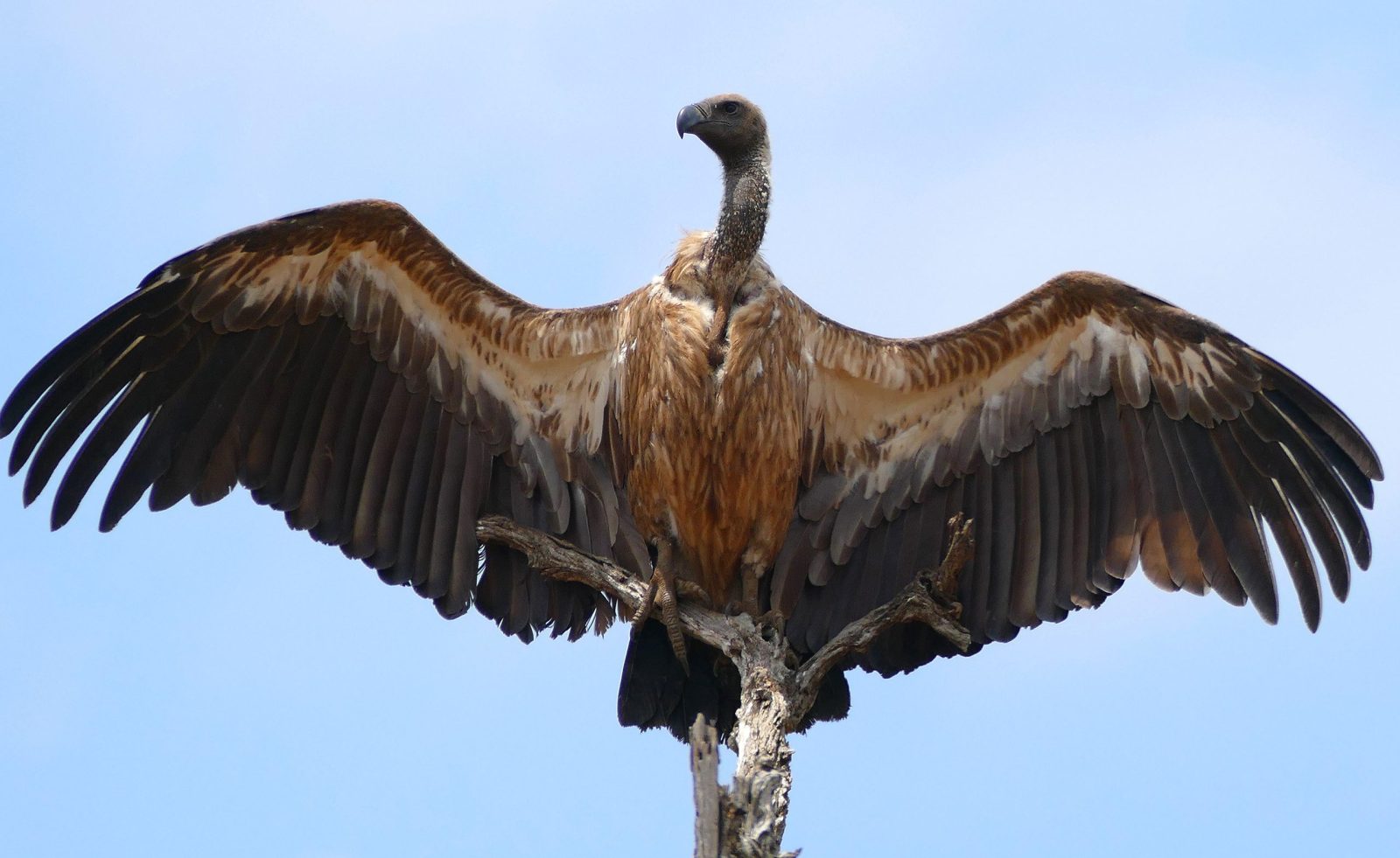

The white-backed vulture, like many African vultures, has suffered a rapid decline. When it was first assessed in 1988 it was classified as a Least concern species owing to a large range and population. It was reassessed from a Least Concern to Near Threatened species in the 2007 IUCN Red List after the beginnings of a major decline were noticed. In 2012, more information was available about population trends, and the estimates suggested that within the next three generations the white-backed vulture would decrease by 50%. Consequently it was added to the list of Endangered species. In October 2015, it was further up-listed to Critically Endangered because the decline had reach a magnitude that puts the vulture at an extreme risk of extinction.
The population size of the white-backed vulture has been decreasing significantly within the past few decades. In 1992, the population was estimated at 270,000. Over the past two decades, its population has noticeably decreased. BirdLife international estimated that over the past 40 years, the population of the white-backed vulture has decreased annually by a mean of 4.1%, culminating to an overall decline that lies between 63% and 89%, and such harrowing declines have also been recorded in the populations of its other African relatives. A recent study found that white-backed vultures have a high survival rate. Individual adults have the highest survival rate, while 2 year old birds have the lowest survival rate. Across all ages, the survival rate is estimated to be 90.7%. This means that the deaths of adult vultures will lead to rapid population declines. The loss of adults will cause less reproduction and with younger birds less likely to survive, the population will drop drastically. A major cause of population decrease is the loss of habitat and anthropogenic disturbance. Fires have also caused the destruction of trees used for nesting habitat. Humans also have a large impact. Power lines have caused many vultures to be electrocuted. In Kenya especially, humans are using a toxic pesticide called Furadan, which has led to many vulture deaths. Vultures are also being poisoned by humans, although not intentionally. In order to kill hyenas, lions, and other predators, herders add poisons into their livestock. Vultures ingest the poison upon eating a deceased animal’s carcass. This poisoning generally occurs outside of protected areas but is a leading factor in the population’s decline. Habitats are also being disturbed by human land management and direct nesting persecution patterns.
More recent studies have indicated a new plausible factor in the current declination of the vultures. Researches have seen that there has been a rise in toxicity in the liver, kidneys, pectoral region, and internal organs. This toxicity is caused by higher levels of lead, cadmium, zinc, and copper. Although most of these metals level out as either non harmful or normal levels, the lead concentrate in the liver of the vultures (8.56 μg/g wet weight) and in the kidneys (9.31 μg/g wet weight) is higher than the average levels.
Studies have also been performed on the white-backed vulture and some species of Asian vultures within the Gyps clade to see the effect of veterinary diclofenac. Regardless of whether the vultures were given an oral or intravenous dose of the substance, the effects was nearly identical and the diclofenac eventually poisoned the subjects.[9] This chemical is one of the greatest contaminants for the general vulture population because of its presence in livestock: easy food for the vultures.
Another study shows that there are heightened levels of polycyclic aromatic hydrocarbons (HPA’s), which is not as likely a product in the endangerment resultant, but still concerning. HPA’s, also known as polyaromatic hydrocarbons, are formations of hydrogen atoms surrounding rings of carbon. As common as these compounds are—found in foods, engines/incinerators, fires, combustion—there are many forms, and some carcinogenic. Although there is no direct correlation of the high levels of HPA’s in the vultures, there is still a plausibility that it can result in a negative outcome for the species.
Another reason for the decline in the number of white-backed vultures is the decrease in the number of their nesting sites, which they construct in trees in savannah areas and which are roughly 1 meter in diameter. There is an inverse relationship between the amount of human activity (farming, ranching, etc.) and the amount of vulture nesting activity in said area, so as the amount of human activity in Africa expands, the number of nesting sites available decreases, putting the vultures at jeopardy.
On the 20th of June 2019, the corpses of 468 white-backed vultures, 17 white-headed vultures, 28 hooded vultures, 14 lappet-faced vultures and 10 cape vultures, altogether 537 vultures, besides 2 tawny eagles, were found in northern Botswana. It is suspected that they died after eating the corpses of 3 elephants that were poisoned by poachers, possibly to avoid detection by the birds, which help rangers to track poaching activity by circling above where there are dead animals. Most of them were new parents, leaving their young orphaned and “ill-equipped” for survival. Vultures are slow breeders, and losing over 400 on a week is a devastating blow for the species.
Figures of as much as 81% are suggested, which would give a population of just 50,000 across the whole blue area of the map (above). I would hope that this decline can be reversed, but it is the sad thing, that many discoveries of what we are doing, are only discovered far too late.

Aesculapian snakes are a new species to the UK, but are found in europe. Does that mean that it should be exterminated, It is having a problem in Europe, as...
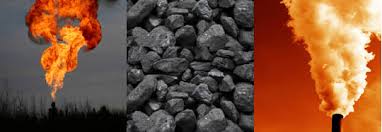
While these fuels power much of the creation of electricity around the world, as well as most transport and heating, they all need to either be left in the ground...
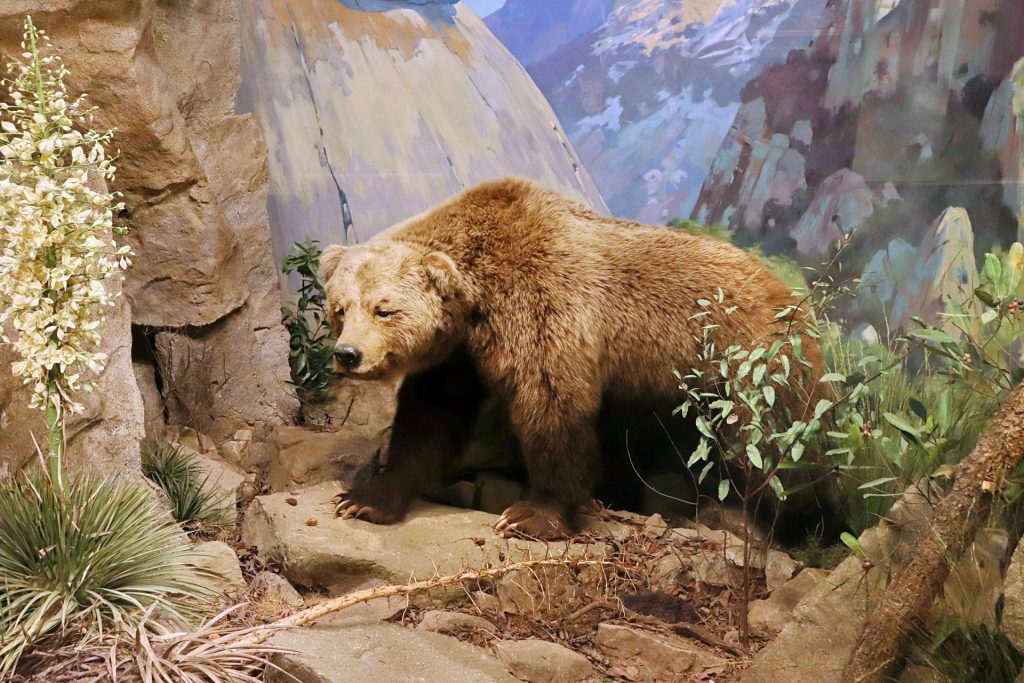
Before Europeans arrived, Grizzly bears were relatively common in California, with an estimated population of 10,000, around 20%...

Unfortunately, this disagreement, is not restricted to within the royal family, quite to the contrary.
There are many species that it is hard to live alongside - I am not...
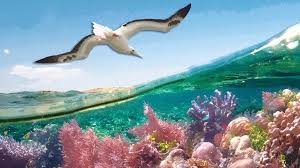
Researchers have found, that reefs which have birds that fly over them, and therefore leave dropping behind, recover faster and show greater resilience after bleaching. Unfortunately, the reason that we...
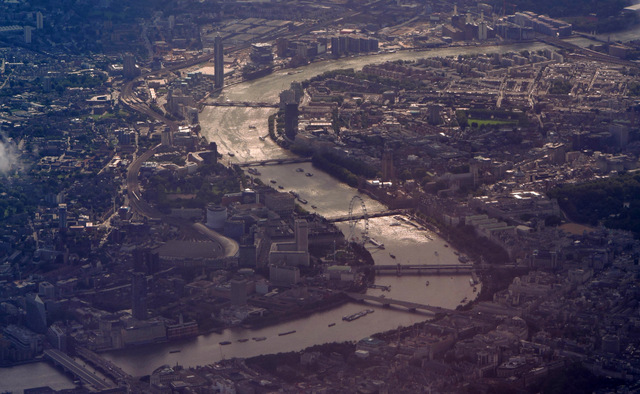
I am well aware, that I have been quiet for some time. I am hoping that, that is, coming to an end. I have been working on the members areas,...
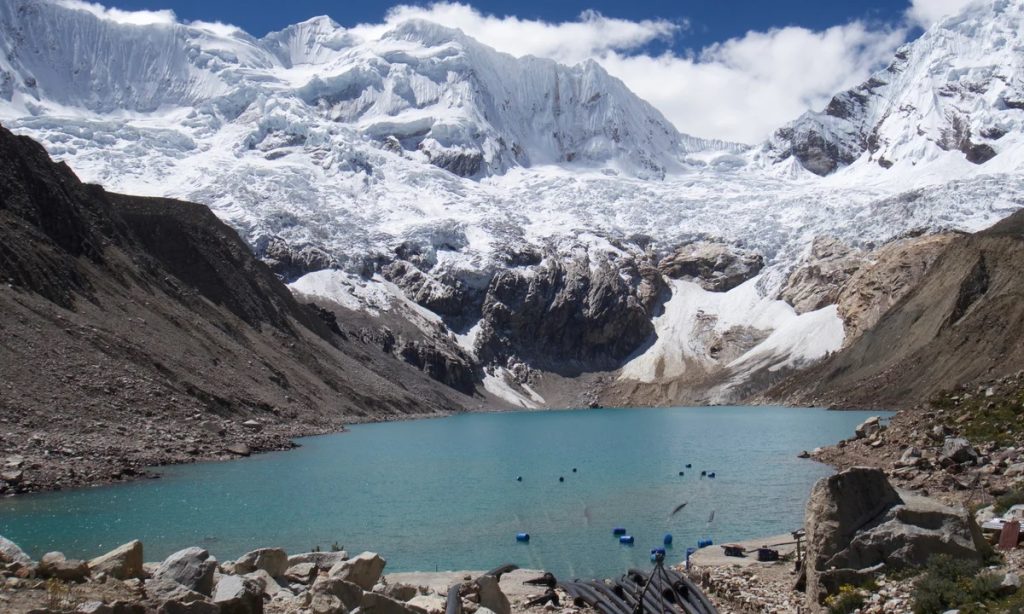
It is estimated that 15 million people live in areas which would be flooded, should glacial lakes collapse. As global warming increases the temperatures in these areas, these glacial lake...
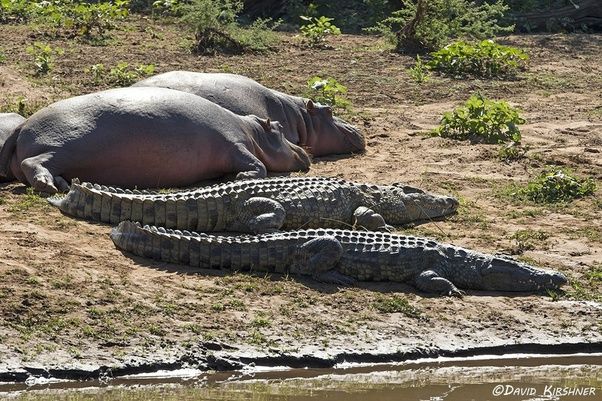
The Nyamwammba river, which runs through the Rwenzori mountains - in...
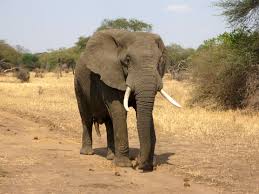
Humans are causing trees to grow smaller, as big trees are more likely to be harvested. In the same way, elephants are being born in some reserves without their tusks,...
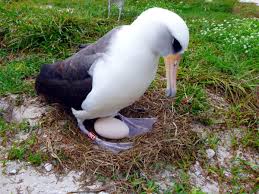
The bird, called Wisdom, is a Laysan albatross was photographed with her current partner and the egg. Normally expected to...
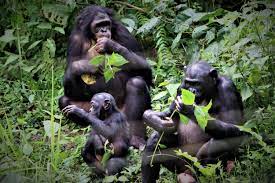
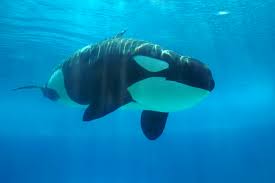
The Southern resident killer whale population is on the brink of extinction, but it seems,...
Upemba national park had virtually all its large mammals poached, but it is coming back (below is a 3 minute video about this decline).
Just a couple of years ago,...

Aesculapian snakes are a new species to the UK, but are found in europe. Does that mean that it should be exterminated, It is having a problem in Europe, as...

While these fuels power much of the creation of electricity around the world, as well as most transport and heating, they all need to either be left in the ground...

Before Europeans arrived, Grizzly bears were relatively common in California, with an estimated population of 10,000, around 20%...

Unfortunately, this disagreement, is not restricted to within the royal family, quite to the contrary.
There are many species that it is hard to live alongside - I am not...

Researchers have found, that reefs which have birds that fly over them, and therefore leave dropping behind, recover faster and show greater resilience after bleaching. Unfortunately, the reason that we...

I am well aware, that I have been quiet for some time. I am hoping that, that is, coming to an end. I have been working on the members areas,...









Join as an ambassador supporter to
support this site, help save wildlife
and make friends & log in

